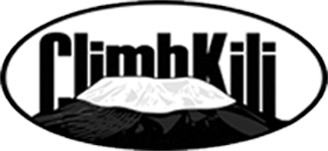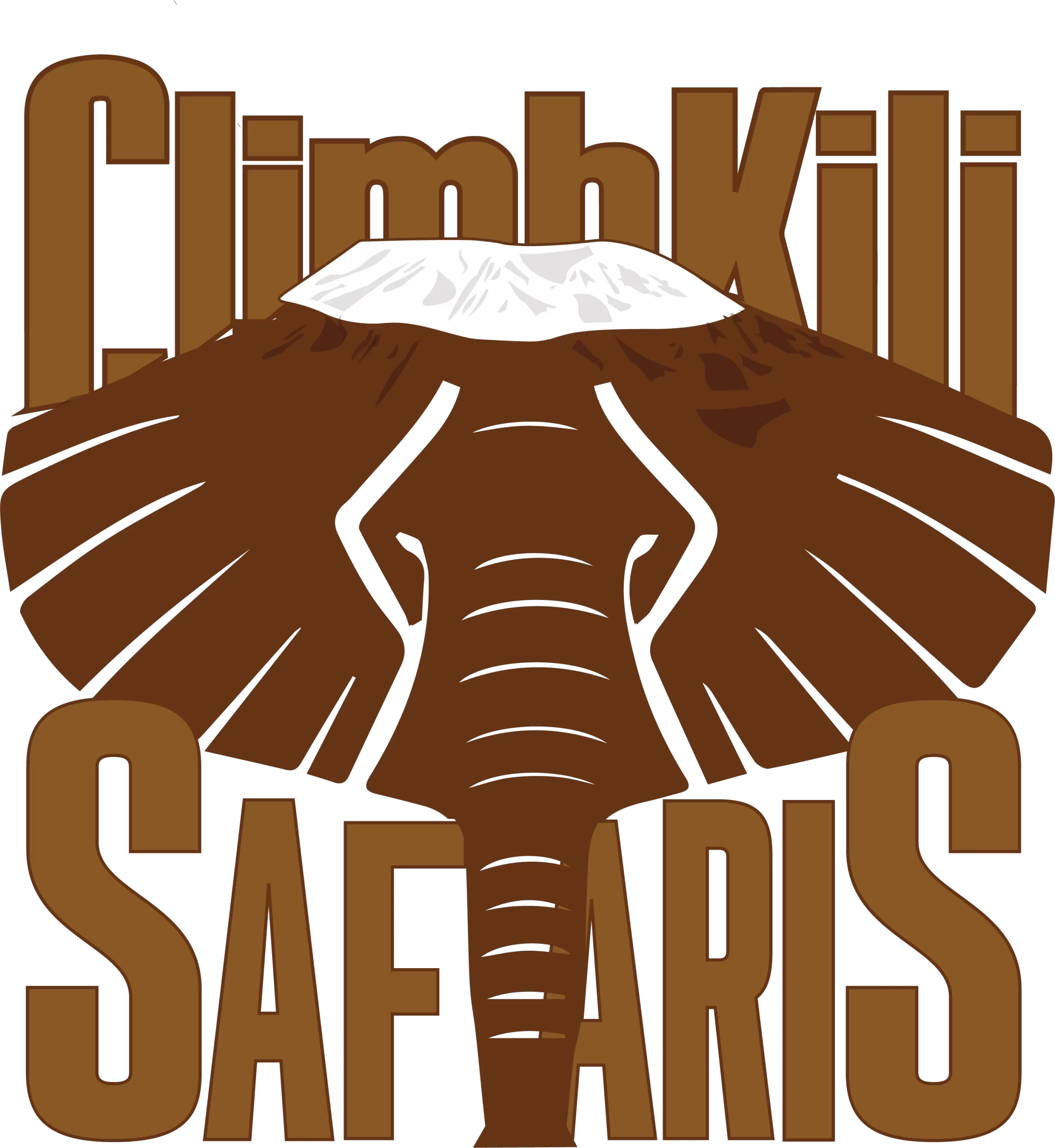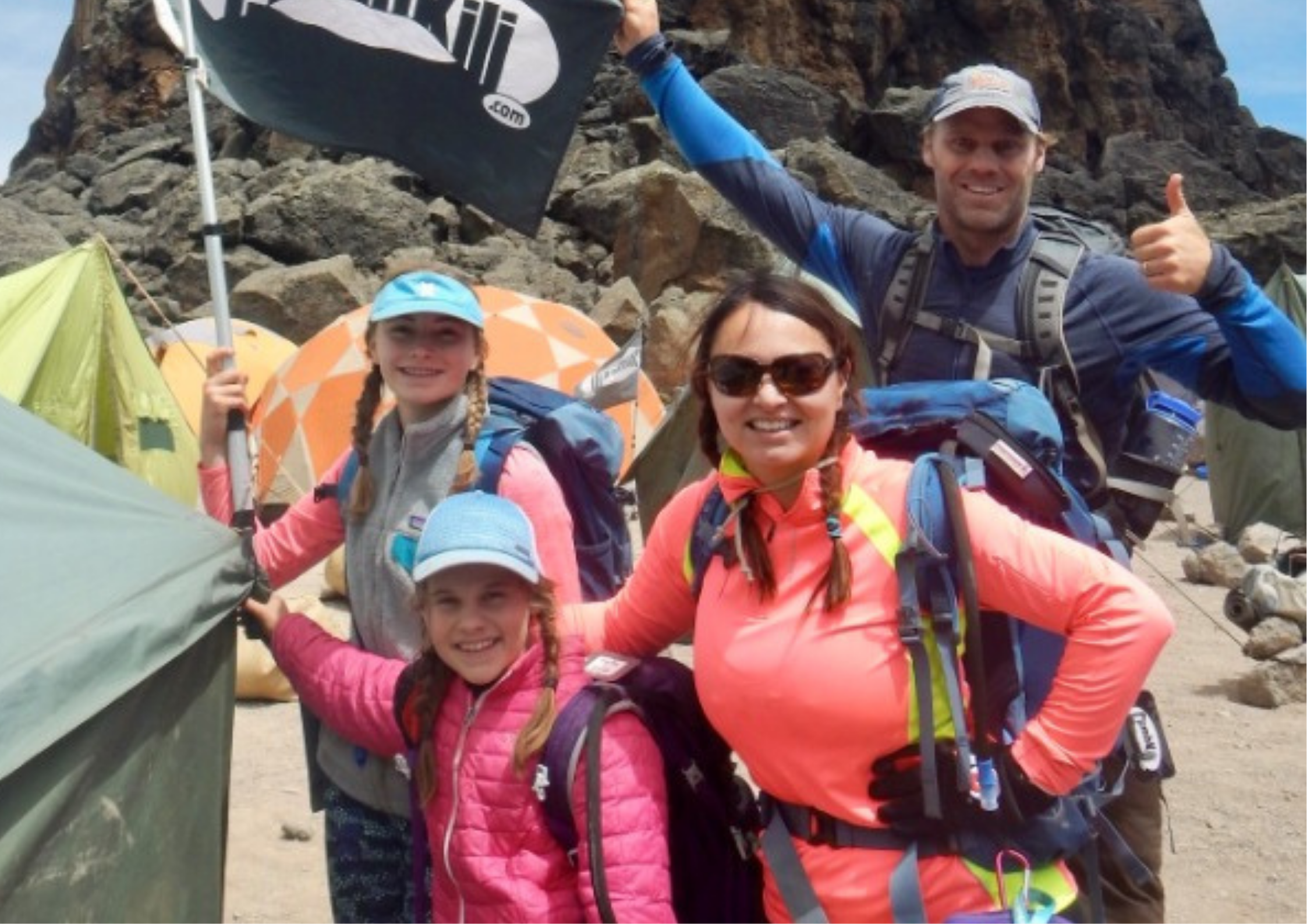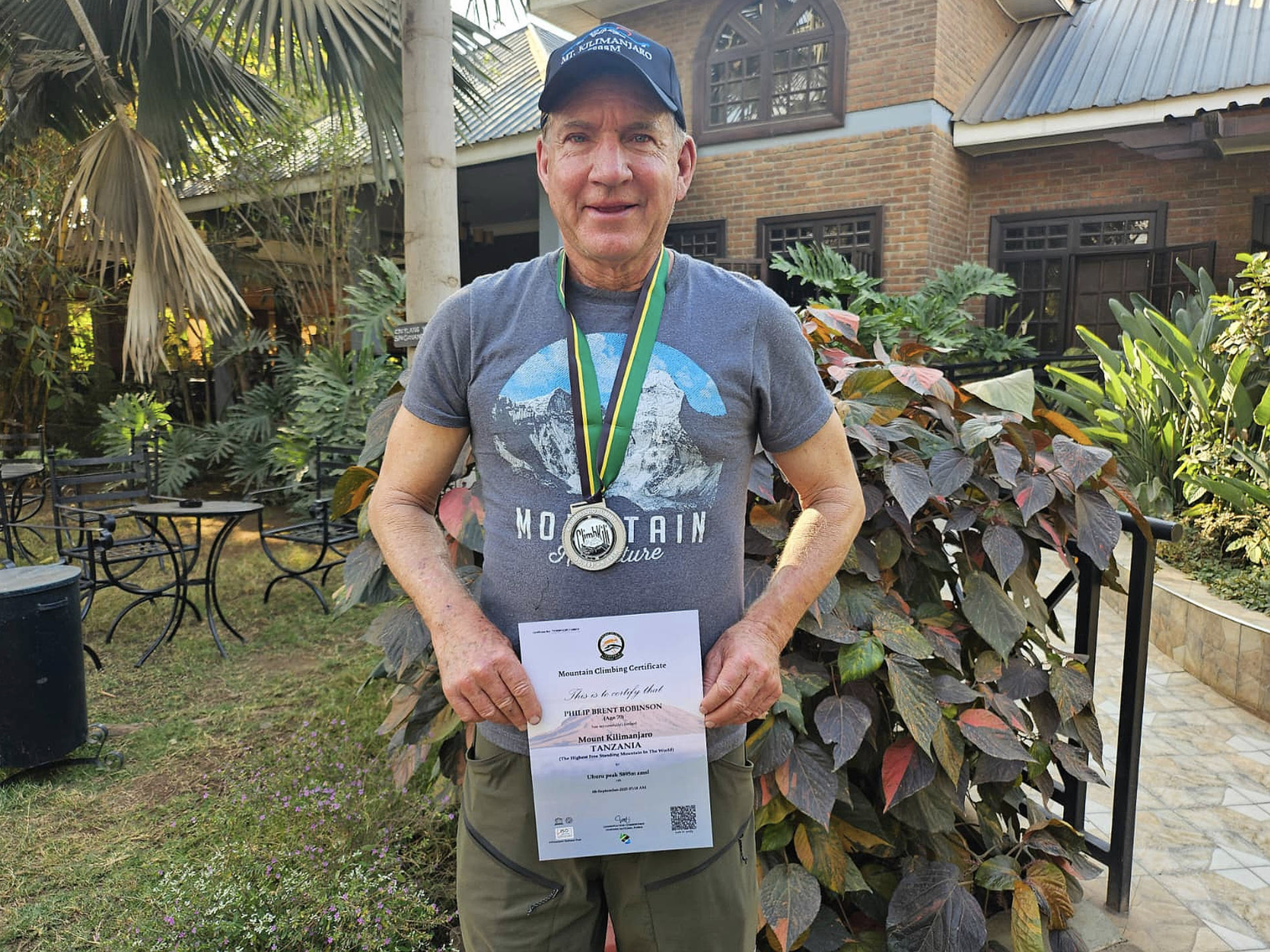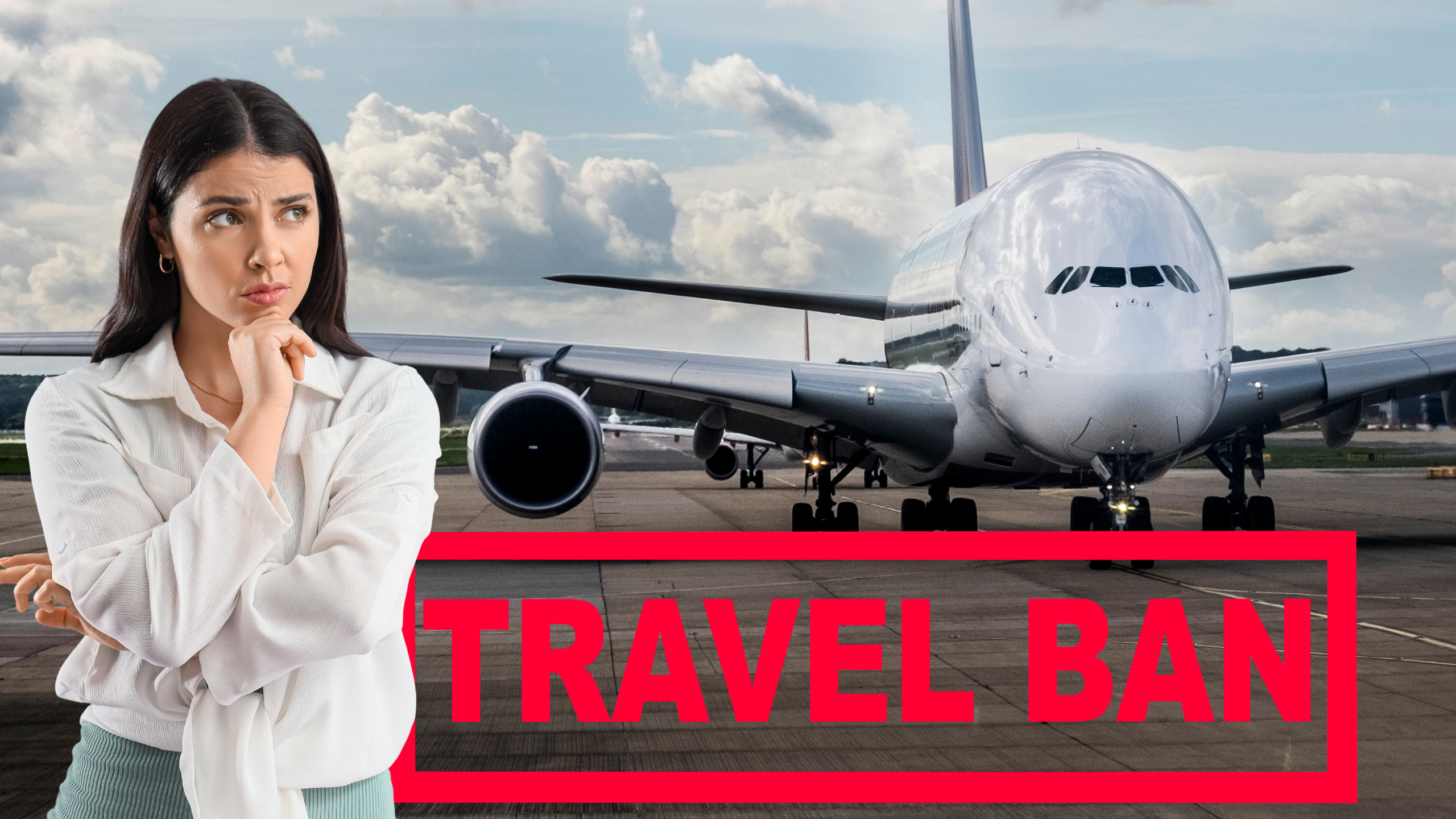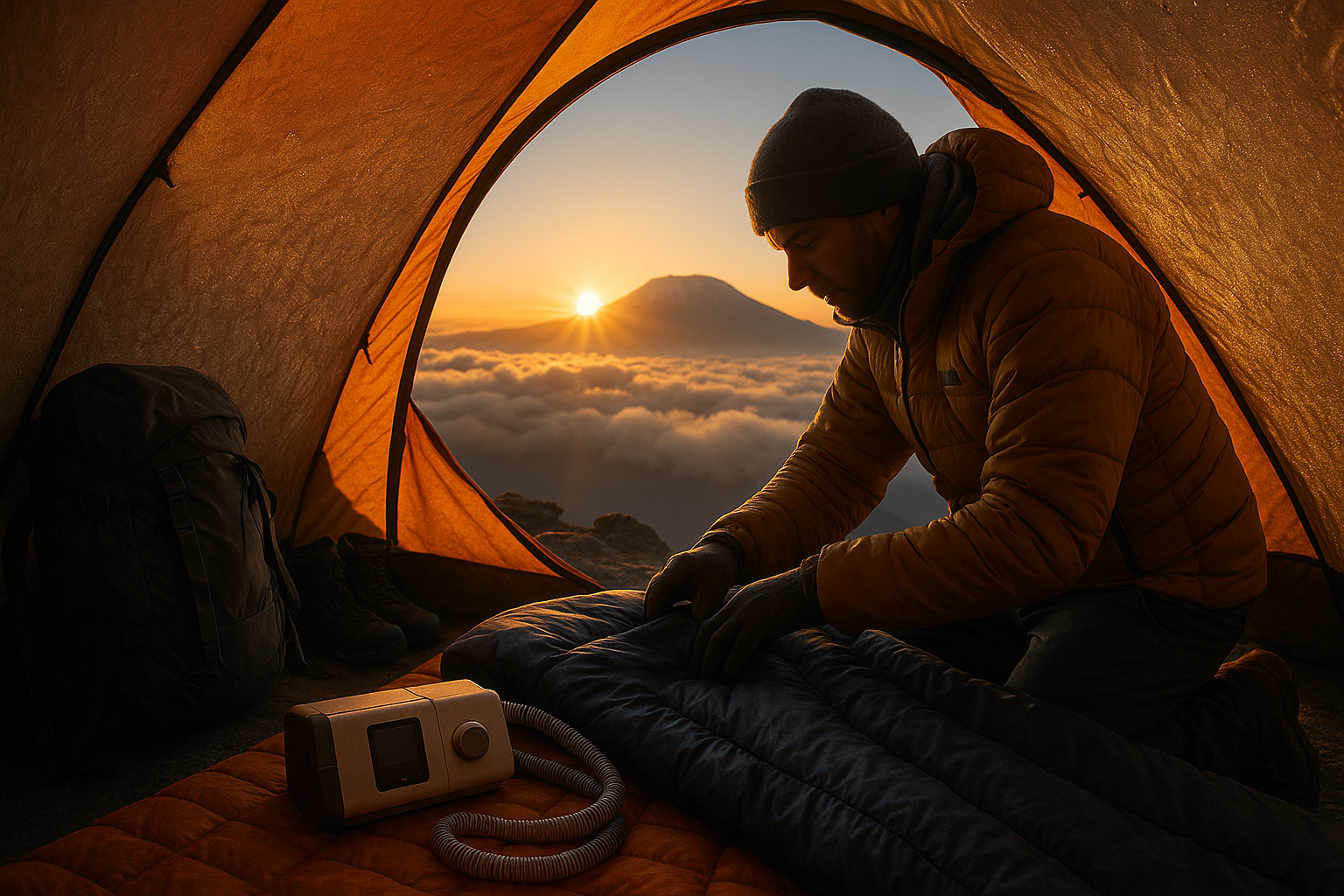Mount Kilimanjaro is more than just Africa’s highest peak—it’s a life-changing adventure that many dream of sharing with their loved ones. One of the most common questions we get at Climb Kili is: What’s the minimum age to climb Kilimanjaro?
While Tanzania’s national park regulations set no official minimum age, most tour operators—Climb Kili included—recommend 12 as the youngest age to attempt the trek. Here’s why, and how to prepare your family for a successful and safe summit.
Why Is There an Age Limit for Kilimanjaro?
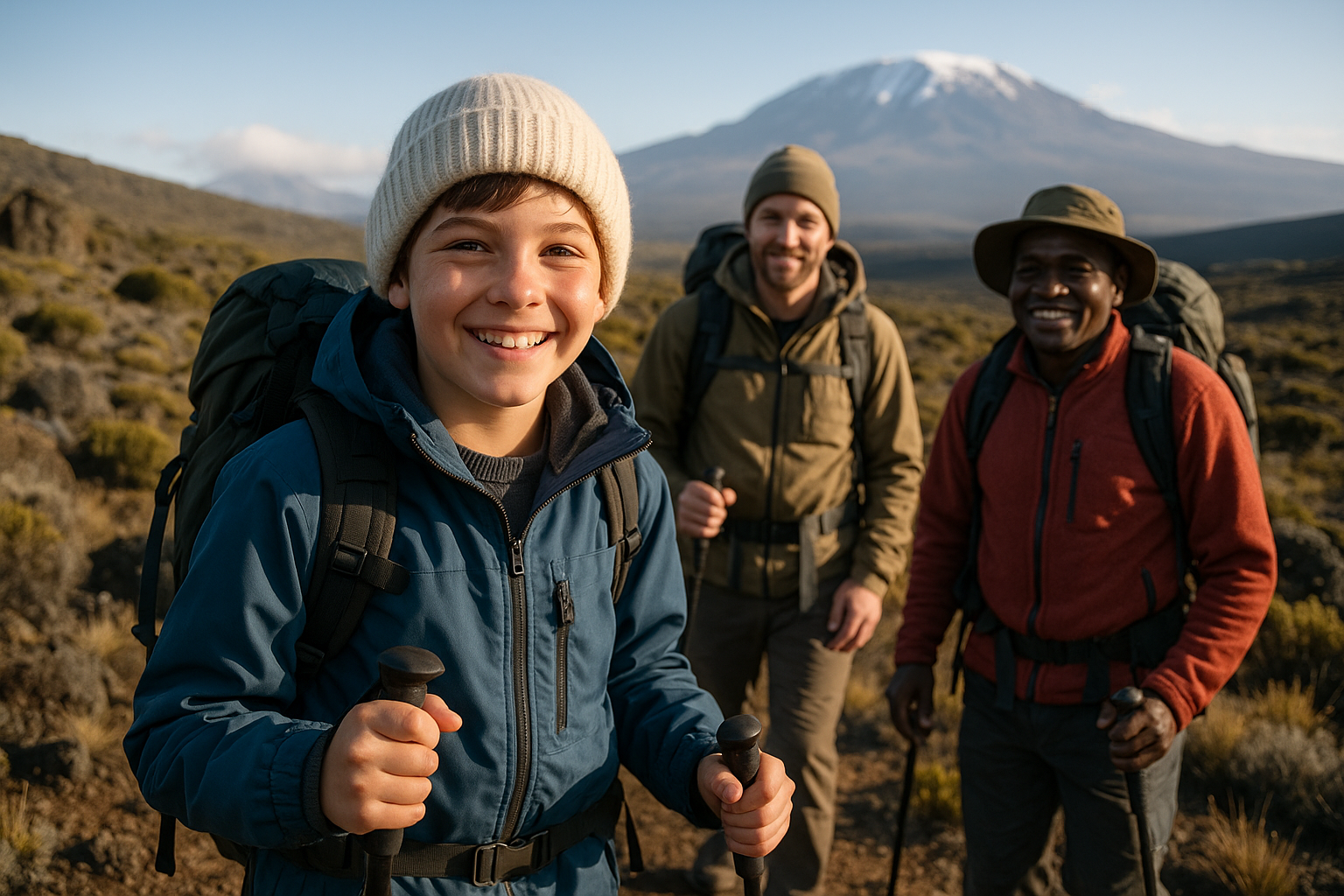
Kilimanjaro isn’t your typical family hike. Standing at 5,895 meters (19,341 feet), the mountain presents serious altitude challenges, long days of hiking, and varying weather conditions.
While technically anyone of any age can attempt the climb, the high altitude affects children differently than adults. Their bodies may not yet be equipped to acclimatize efficiently, and it can be harder for them to articulate early signs of altitude sickness.
That’s why the Kilimanjaro age limit often defaults to 12—it’s a point when many kids are better able to handle physical endurance, follow instructions, and communicate clearly with guides.
Is 12 Really the Minimum Age to Climb Kilimanjaro?
Although age 12 is widely suggested, it’s not a strict rule. There have been successful summits by children even younger, but these are rare and require extraordinary preparation and support.
At Climb Kili, we’ve helped many adventurous families reach Uhuru Peak with kids 12 and older. Here’s what we look for when assessing a child’s readiness:
- A strong hiking background—multi-day hikes, preferably with elevation gain.
- Physical fitness and mental resilience.
- The ability to follow guide instructions for safety and acclimatization.
- Open communication with parents and guides.
- Doctor’s clearance for high-altitude trekking.
If your child meets these criteria and you’re considering a Kilimanjaro family trek, we’ll work closely with you to create the safest and most rewarding experience possible.
Tips for Trekking Kilimanjaro With Kids
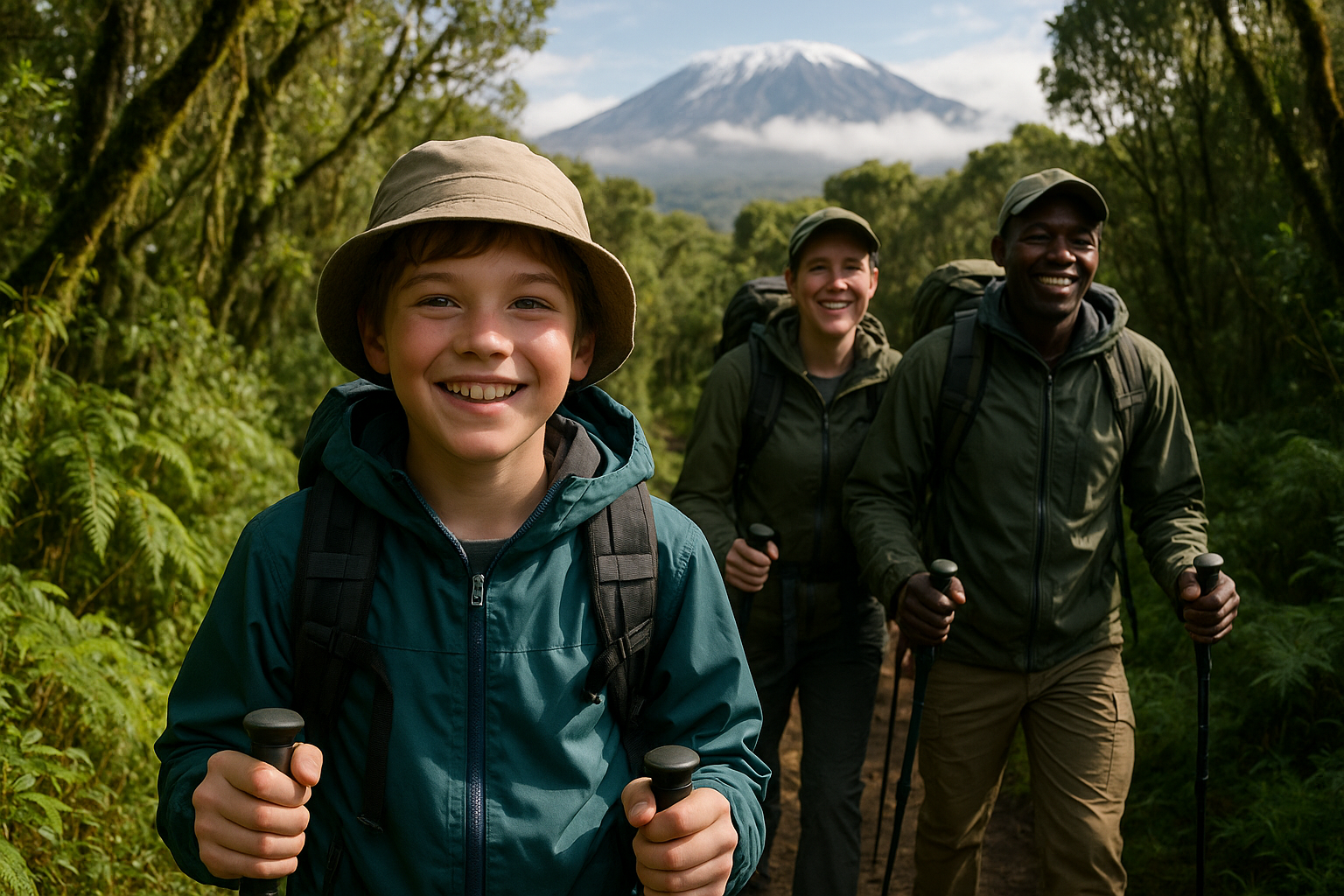
Thinking about climbing Kilimanjaro with your child? Here are a few important tips:
1. Choose the Right Route
For younger climbers, we highly recommend the 8-day Lemosho route thanks to its slower pace and excellent acclimatization profile. The 7-day Machame route is steeper and more physically demanding, making it a better fit for active teens with prior hiking experience.
2. Train Together
Make training a family affair. Weekend hikes, stair workouts, and even yoga or mindfulness practices can help your child physically and mentally prepare.
3. Pack Smart
Kids need the same high-quality gear as adults—especially insulated layers, waterproof boots, and a good sleeping bag. Visit our Kilimanjaro Gear Checklist for family-specific tips.
4. Talk About Altitude Sickness
Prepare your child to speak up if they feel dizzy, nauseous, or have headaches. Early detection and communication are key. You can also read our Altitude Sickness Tips for more information.
5. Go With a Child-Savvy Team
At Climb Kili, our TNPA-certified guides are trained to work with younger climbers, using patience, encouragement, and safety-first protocols at every step.
🧭 Family Trekking at a Glance
- Suggested Minimum Age: 12+
- Best Route: 8-Day Lemosho
- Fitness Level: Moderate to High
- Best Time to Go: June–October & January–February
- Group Size: Max 6 (Private Groups Available)
- Crew: TNPA-Certified Guides, Cooks, and Porters
- Safety Gear: Pulse oximeters, first aid kits, supplemental oxygen
Best Kilimanjaro Routes for Kids and Families
At Climb Kili, we specialize in two of the most scenic and rewarding routes on the mountain: Lemosho and Machame. Here’s how they compare when trekking with children:
Lemosho Route (8 Days)
Our top choice for families, Lemosho offers:
- A gradual ascent profile for better acclimatization
- Time to rest, adapt, and enjoy the breathtaking views
- Fewer crowds and more solitude
- High summit success rates—especially important when trekking with kids
Explore the full Lemosho Route Itinerary.
Machame Route (7 Days)
This popular route is often referred to as the “Whiskey Route” for its steeper ascent. It’s best for:
- Physically fit teens aged 14+
- Families short on time but prepared for a challenge
- Those who already have hiking and altitude experience
View the Machame Route Details.
How Climb Kili Supports Family Climbs
Climbing Kilimanjaro with kids isn’t just possible—it can be magical. At Climb Kili, we provide:
- Small, personalized groups (6 people max)
- Private toilet tents and upgraded accommodations
- High-altitude support gear like pulse oximeters and supplemental oxygen
- A dedicated mountain crew trained in first aid and altitude awareness
- Daily check-ins with our Tanzania base team
- A patient, encouraging, and joyful environment—especially for first-time young adventurers
“Watching my 13-year-old stand at Uhuru Peak with tears in her eyes was unforgettable. The Climb Kili crew made it feel safe, joyful, and empowering every step of the way.”
— Sarah M., USA
We tailor our Lemosho treks to families, offering private climbs when needed, shorter hiking days early on, and more downtime to help kids thrive at altitude.
FAQ: Climbing Kilimanjaro With Kids
Q: Can kids under 12 climb Kilimanjaro?
Technically yes, but we recommend 12+ for safety, stamina, and ability to communicate symptoms of altitude sickness.
Q: Do kids need special gear?
Yes. Children need the same quality gear as adults—see our Kilimanjaro Gear List.
Q: Can our family climb privately?
Absolutely. We offer private climbs customized to your family’s pace, needs, and comfort level.
Q: What’s the success rate for families?
Very high—especially on the Lemosho route. Our guides are trained to help kids succeed, and we adjust pacing accordingly.
Final Thoughts: Is Your Child Ready to Climb Kilimanjaro?
If your child is 12 or older, healthy, active, and mentally prepared, the roof of Africa might just be within reach. With the right route, support, and preparation, a Kilimanjaro family trek is not just possible—it can be unforgettable.
Ready to explore Kilimanjaro as a family? Our team is here to help you plan every step.
